The westernmost national park in the lower 48 states, Olympic National Park is a pristine wilderness unlike any other on Earth.
Often called “three parks in one”, its ecological variety is of such magnitude and importance that the park is both an International Biosphere Reserve and a UNESCO World Heritage Site.
It’s also one of the last truly wild places in America (with the exception of Alaska, of course), encompassing almost a million acres of mountains, rain forests, lakes, waterfalls and coasts.
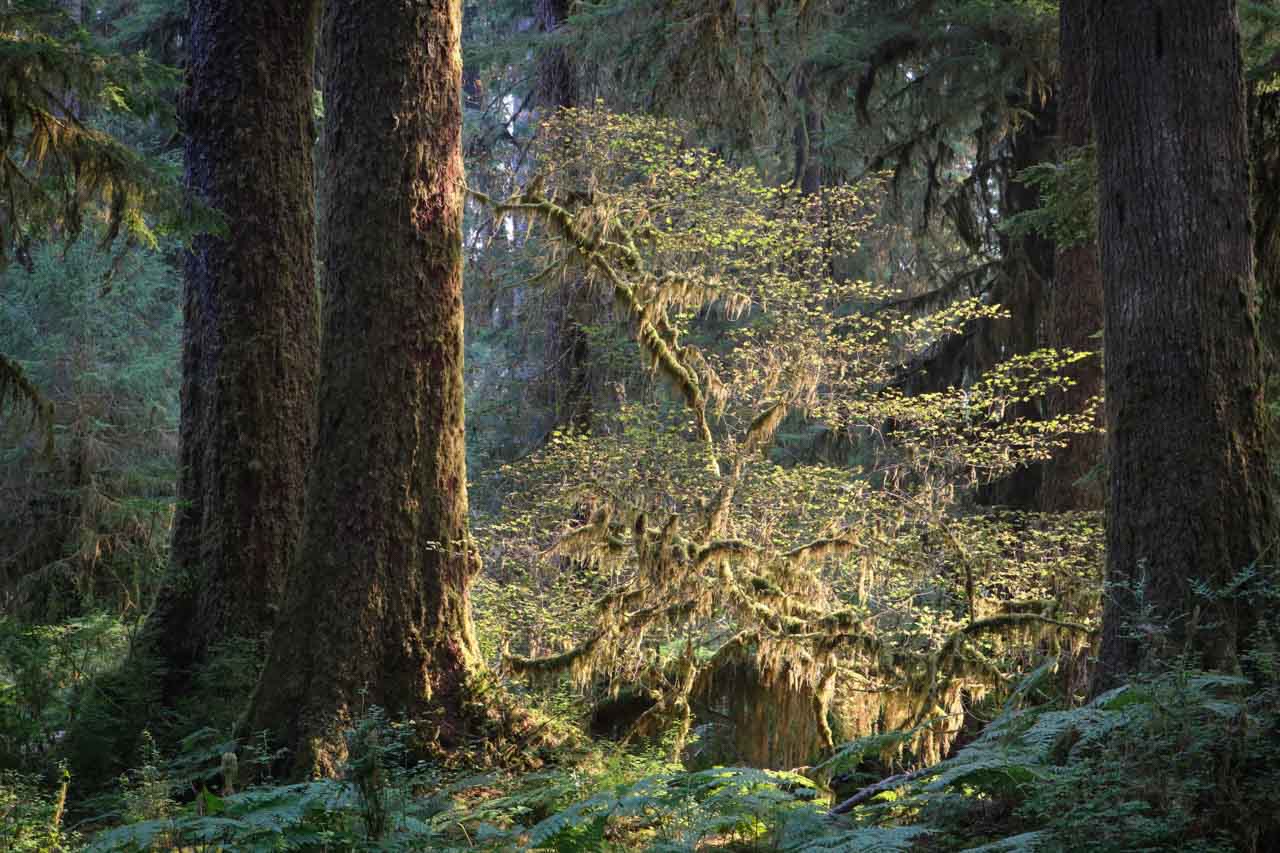
This blog post about the top attractions in Olympic National Park contains affiliate links. You can read more about our Terms of Use / Disclosure here.
Contents
Biodiversity Unparalleled in the World
The park’s centerpiece is 7,980-foot (2,432-meter) Mount Olympus, dominating the mountain ranges in the interior of the Olympic Peninsula.
Glaciers and meadows radiate down from its slopes toward primeval forests and wide valleys. Rivers and waterfalls abound in this rugged region, while glacial lakes dot the valleys. A wide range of wildlife and bird species thrives here as well.
There is enough natural beauty in the Olympic Mountains alone to make it worthy of being a national park on its own. Yet, Olympic National Park’s diversity doesn’t end there. Arguably the park’s most extraordinary feature is its temperate rain forests.
On the western slopes of the mountains, thick blankets of moss drape towering trees. Carpets of ferns cover the forest floor, mist lingers in the air. This is one of only a few temperate rain forests left in the world. Major other ones are in New Zealand, Tasmania and Patagonia.
Moreover, it’s also the largest rain forest of its kind on earth. Its mosses and decaying plant matter form cushions that absorb all sound, making this arguably America’s quietest place. This absolute, pristine quietness is one of the greatest Olympic National Park highlights.
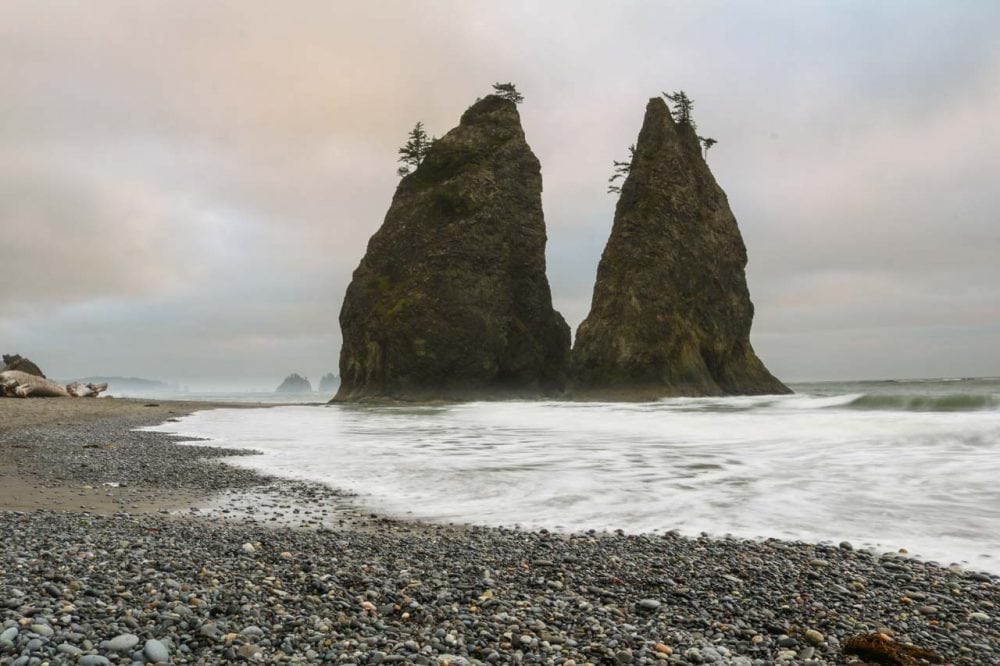
The third part of Olympic National Park, separated from the two above, is the wild Pacific Northwest coast.
A narrow 73-mile-long (117 kilometers) strip of coastal forests, beaches and rock formations, this is the one of longest undeveloped stretches of coastline in the contiguous USA.
It’s these three massively different areas that make this one of the greatest national parks in America. The sheer number of places to see in Olympic National Park is also why you will need at least three days in this epic Washington national park.
One full day for each environment is necessary to do the park justice—at the bare minimum.
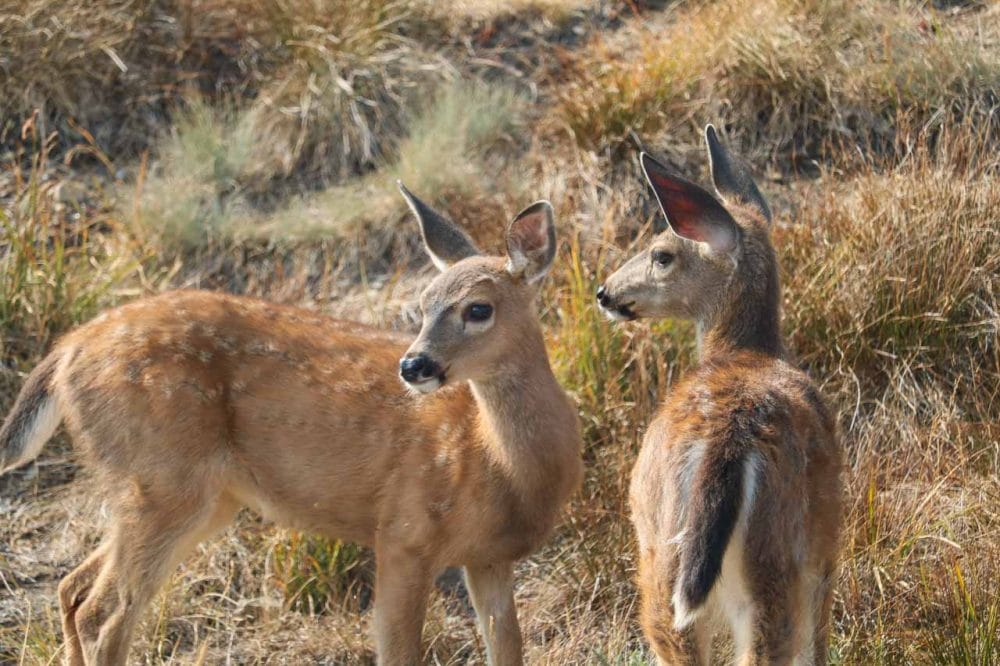
What to Do in Olympic National Park
If you’re wondering what to do in Olympic National Park, let me just tell you that there’s no lack of amazing things to do in Olympic National Park. In fact, to fully experience and explore each main area in the park, you will need a full week or even longer.
However much time you have, the following attractions are those that should not be skipped. They’re the best of Olympic National Park, the recommended cornerstones of any Olympic National Park itinerary.
1. Sol Duc Falls
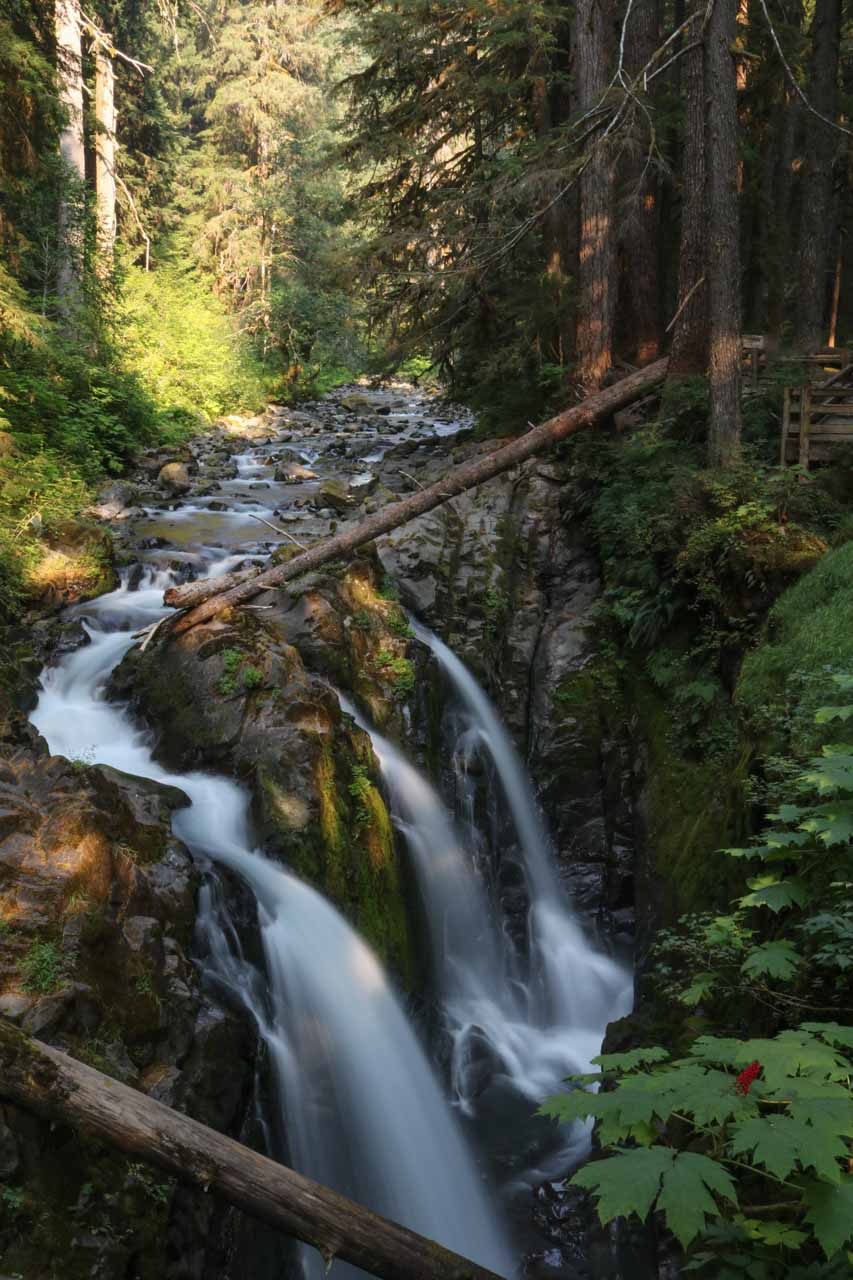
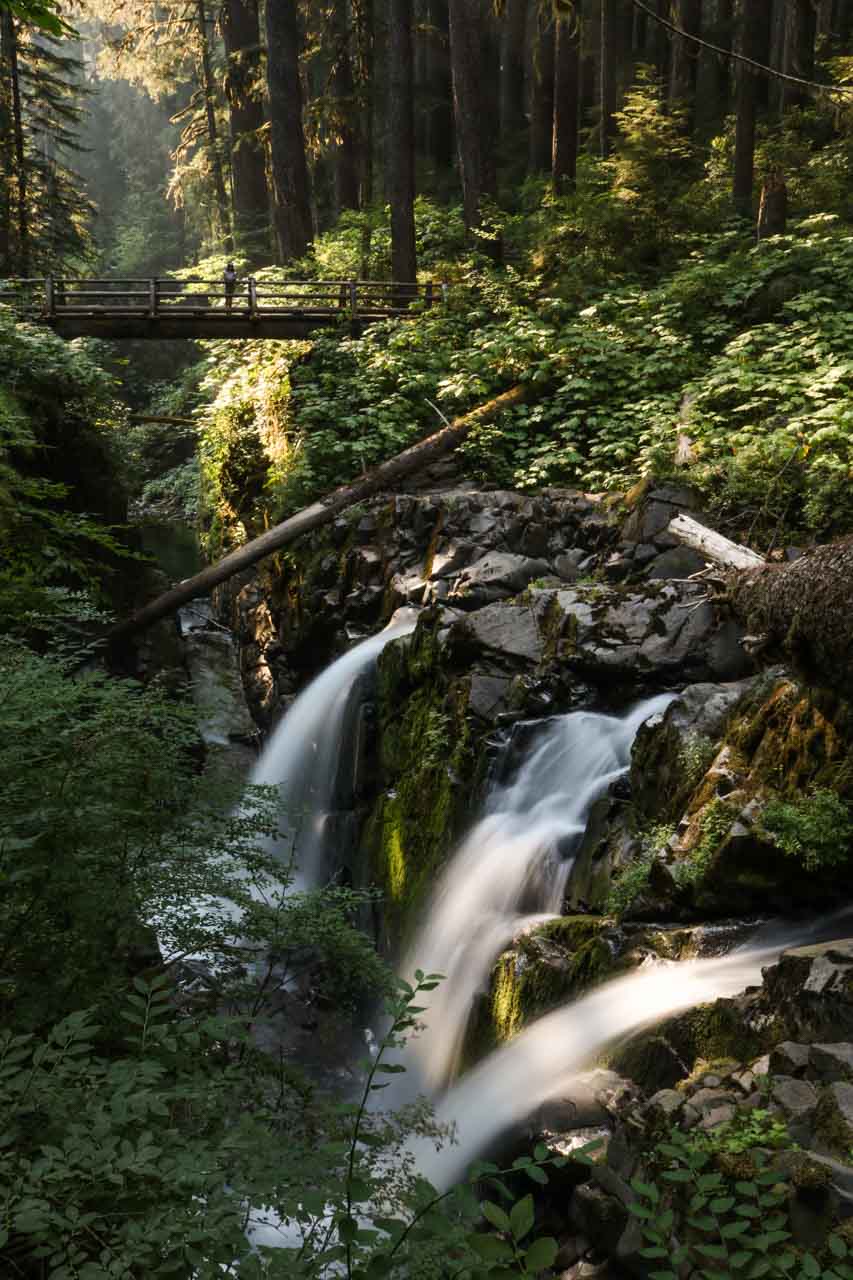
Arguably my favorite of all things to do in Olympic National Park is the hike to Sol Duc Falls. This might just be the most beautiful waterfall I’ve ever seen in my life.
Set in a tall old-growth forest, Sol Duc Falls is reached on a 0.8-mile (1.3-kilometer) trail from the trailhead just past Sol Duc Hot Springs Resort. This is a super-easy hike in Olympic National Park with hardly any elevation change.
Looking for a longer hike? Consider the 6-mile (9.7-kilometer) loop from the Sol Duc Campground.
2. Ruby Beach
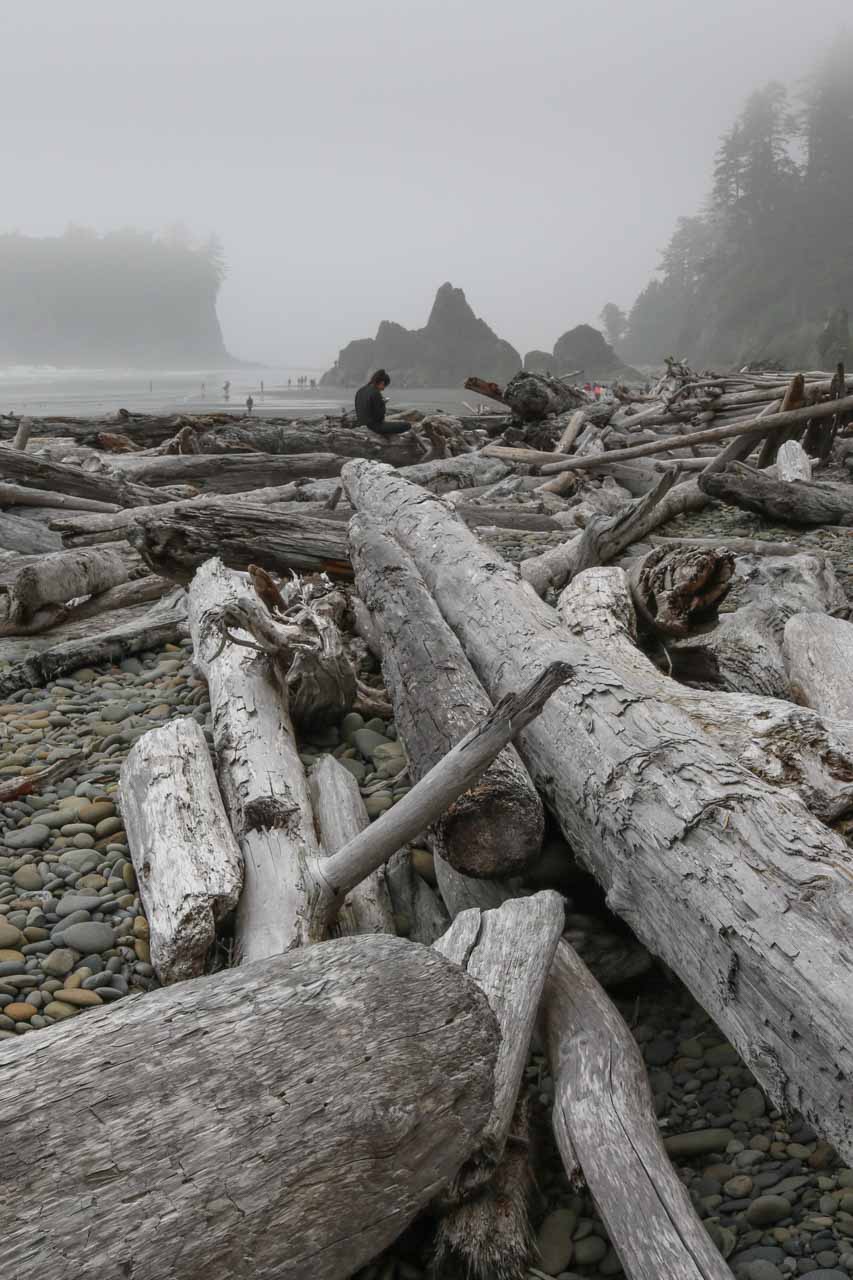
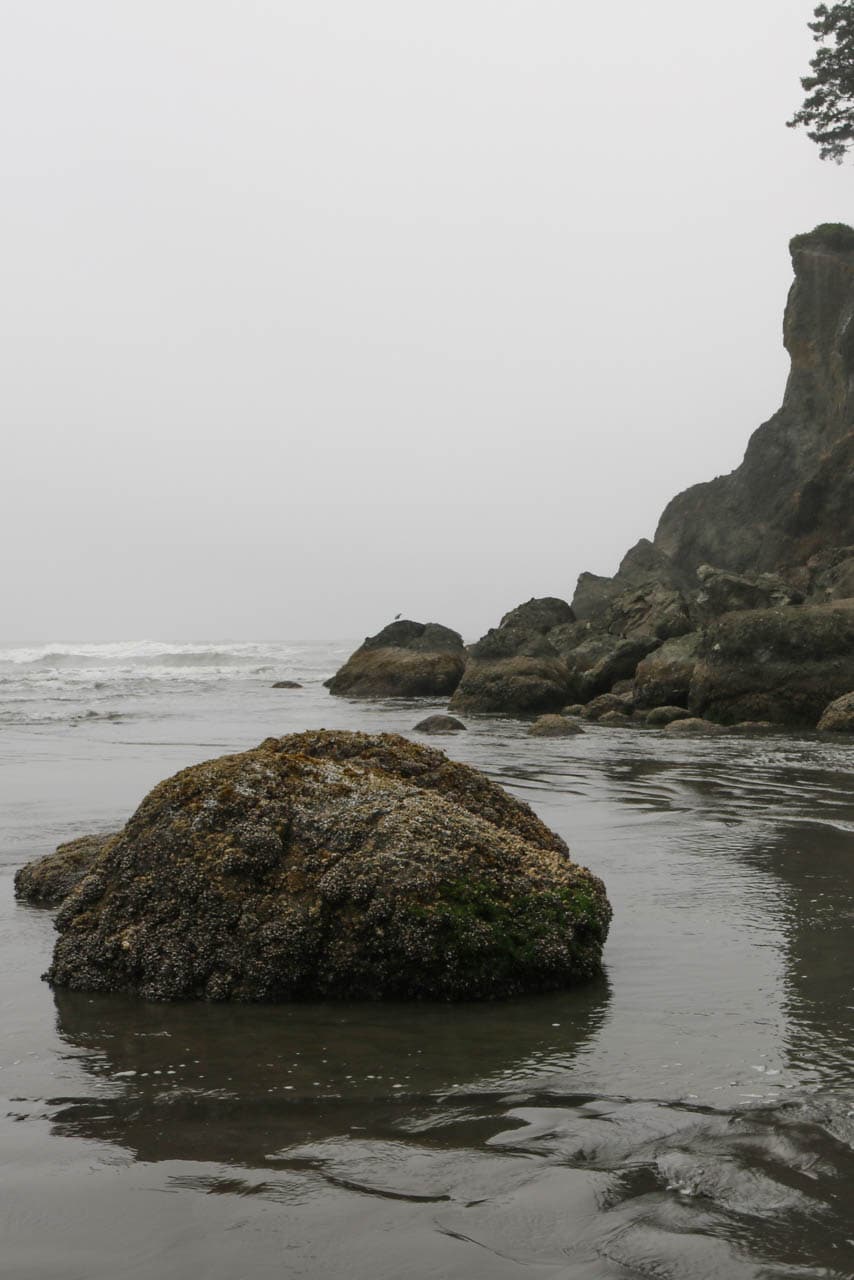
Ruby Beach is the most famous beach in the southern part of the Olympic National Park coast. There’s a relatively small gravel parking area with toilets. A short trail leads down to the beach where epic coastal landscapes await you.
There is no official hiking trail on the beach, but you can wander along the coast as you please. You’ll certainly notice the huge collections of washed-up logs, thrown onto the beach by huge, powerful waves.
Sea stacks add to the dramatic coastal scenery, while tidepools offer visitors a glimpse into the underwater world twice a day.
3. Lake Crescent
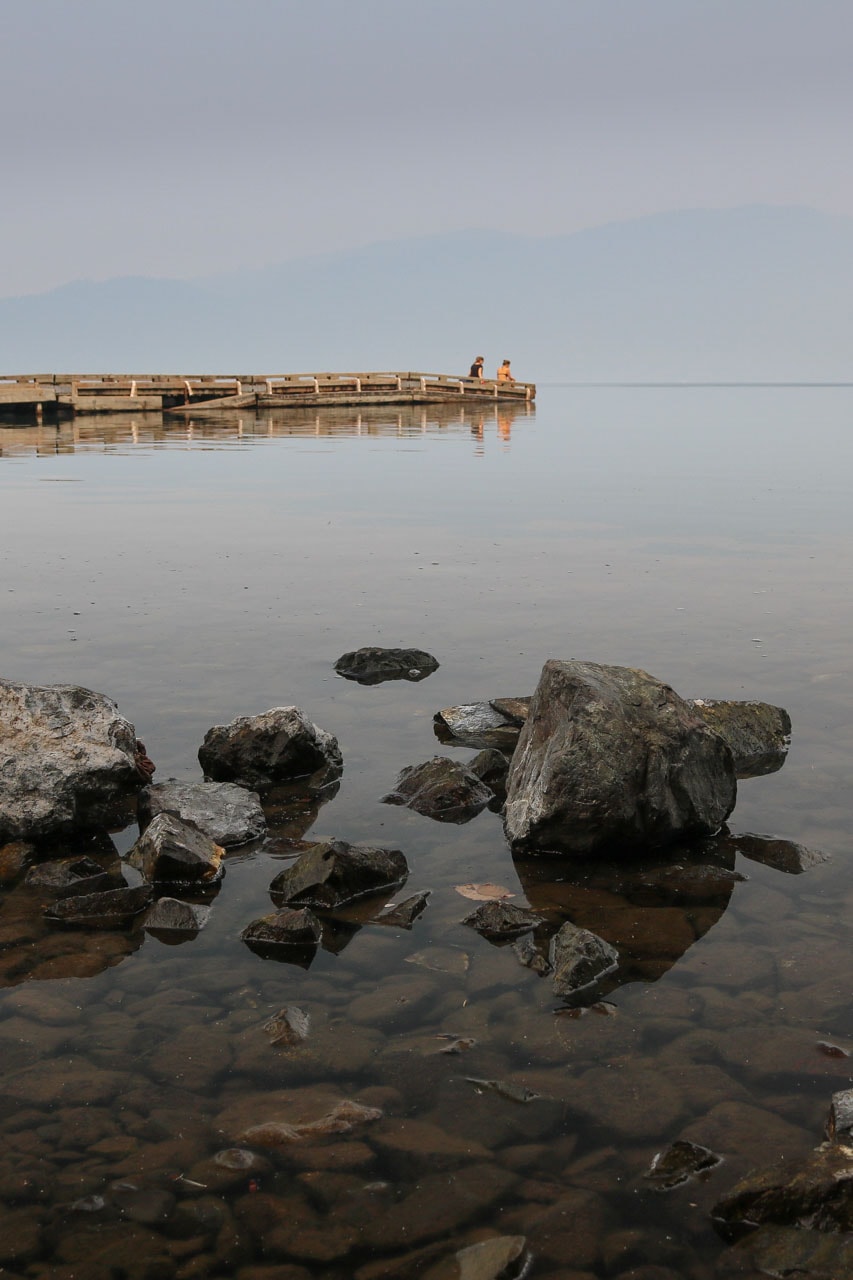
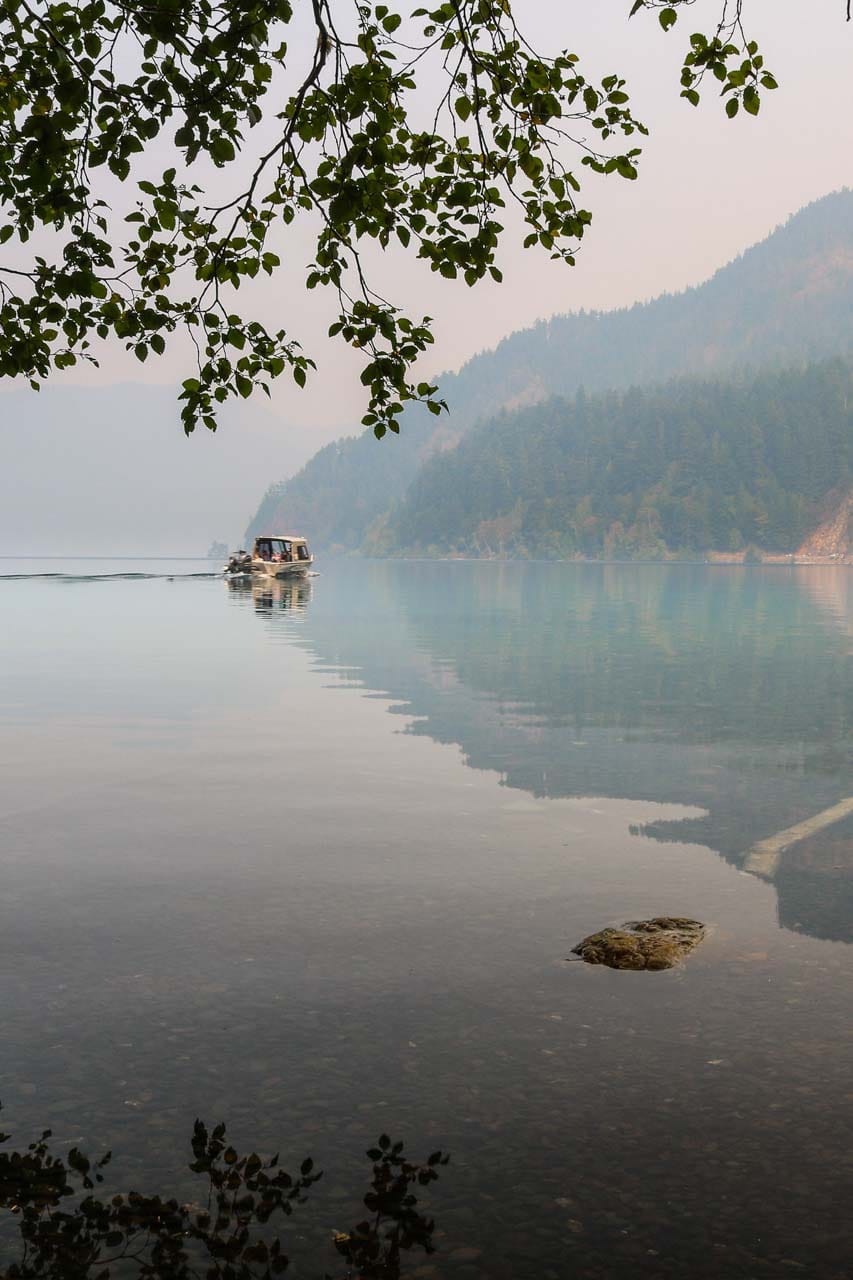
Filled with cold and pristine water, the glacially carved Lake Crescent lies in the northern part of the park, a short drive west of Port Angeles and Hurricane Ridge. Flanked by towering mountains, it’s a spectacular lake by all accounts.
Lake Crescent is also unusually clear, thanks to minimal amounts of nitrogen in the water, and you can see as far down as 60 feet (20 meters) in certain places.
There are a bunch of attractions and activities around Lake Crescent, from popular Marymere Falls and the hike up Mount Storm King (I love that name!) to Lake Crescent Lodge and canoeing, kayaking and standup paddle boarding.
This refreshing water sports make spending an afternoon at Lake Crescent one of the best things to do in Olympic National Park in summer.
4. Hurricane Ridge
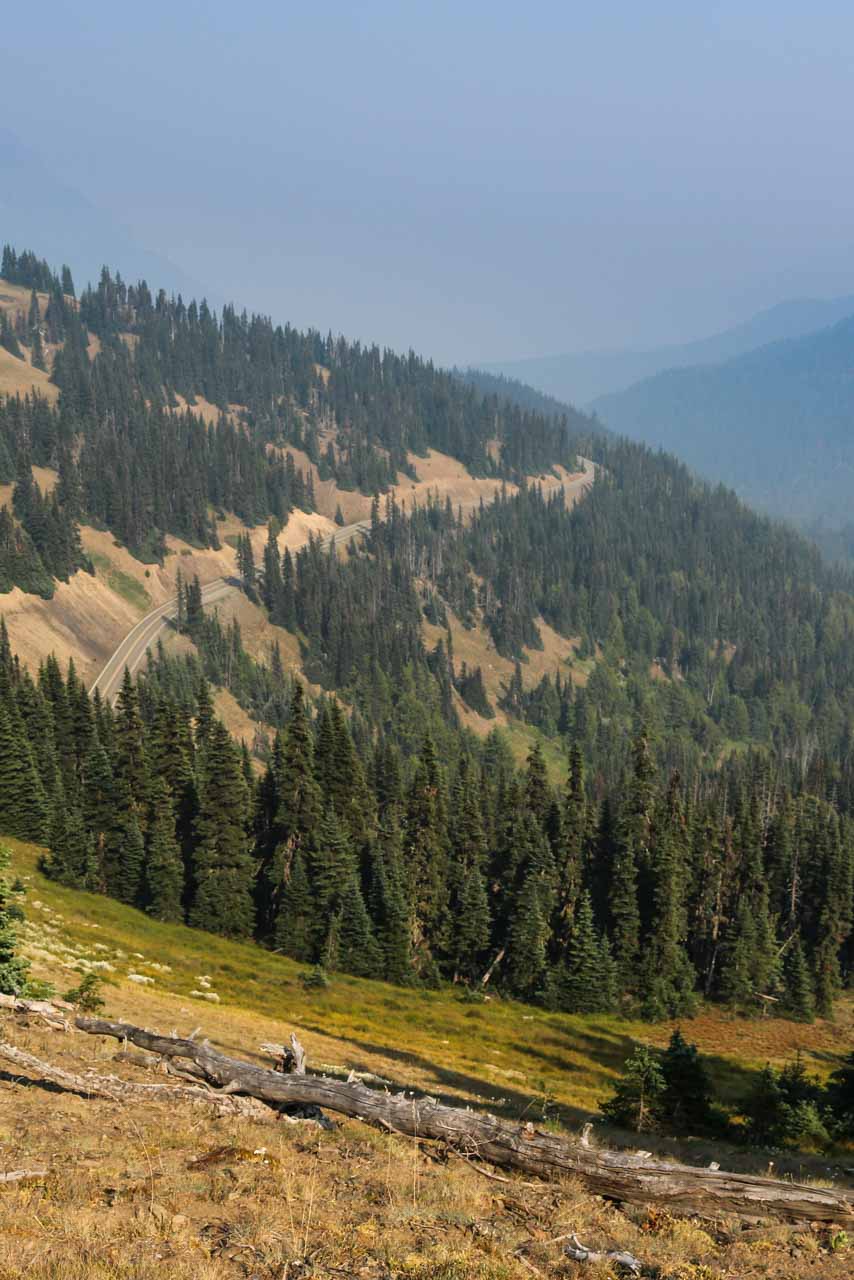
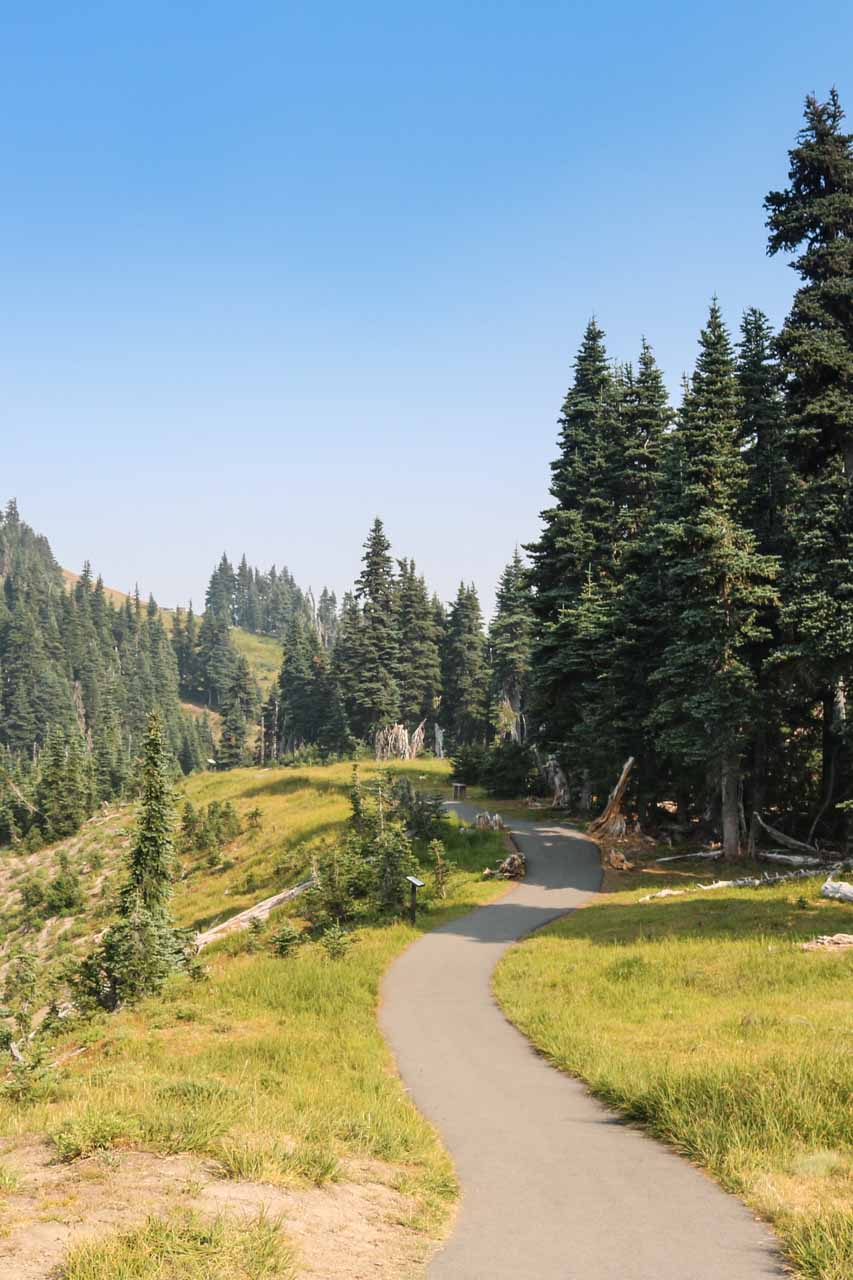
The most easily accessed mountainous area of the park and one of the most spectacular Olympic National Park attractions is Hurricane Ridge.
The entry to this sensational road, one of the best national park drives in the country, lies just south of downtown Port Angeles and past the main Olympic National Park Visitor Center.
In only 17 miles (27 kilometers), the road climbs from basically sea level to an elevation of 5,242 feet (1,598 meters). At the end of the road, the Hurricane Ridge Visitor Center has restrooms, an orientation movie, a café, a gift shop and exhibits.
Various short trails loop along the ridge, offering visitors a taste of what these epic mountains are about. Hurricane Ridge is also the starting point of several more challenging hikes into the Olympic Mountains backcountry.
5. Hoh Rain Forest
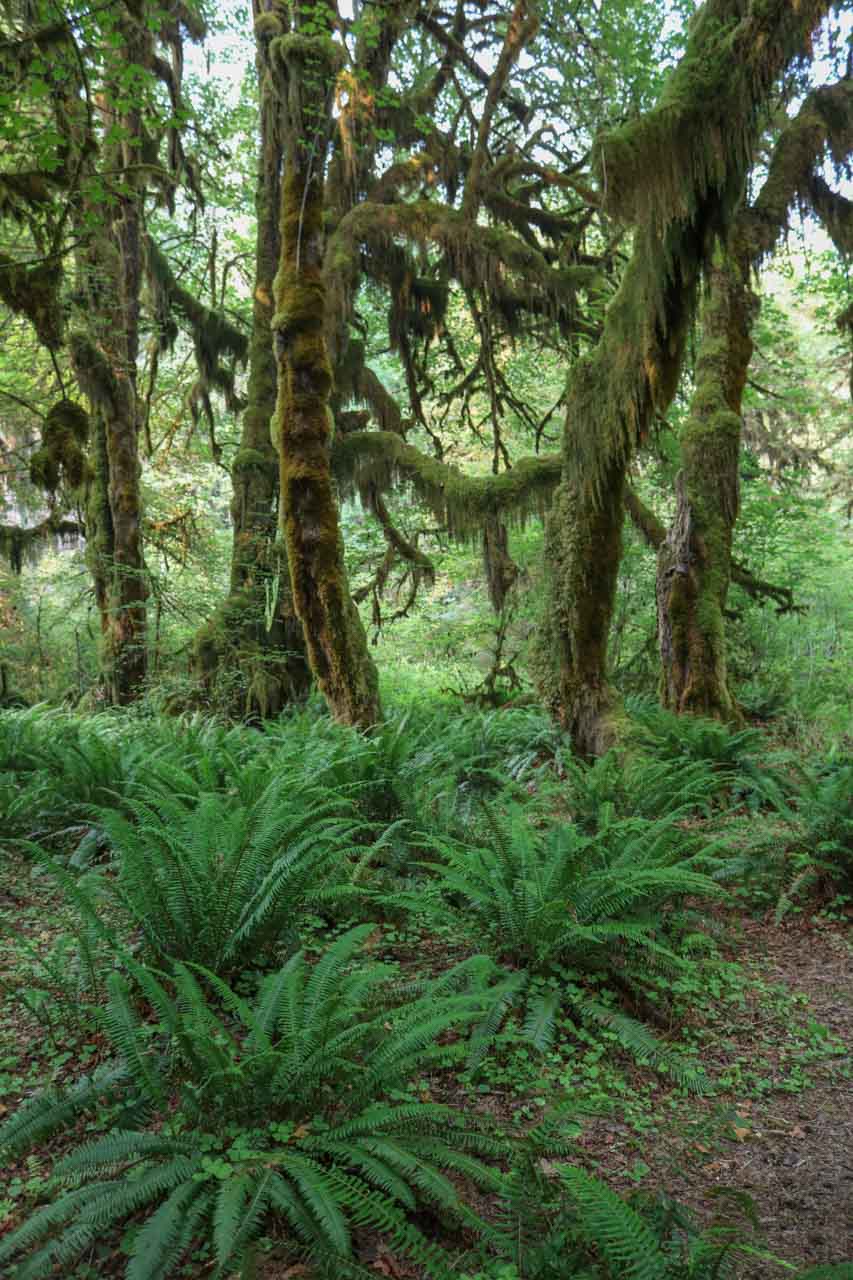
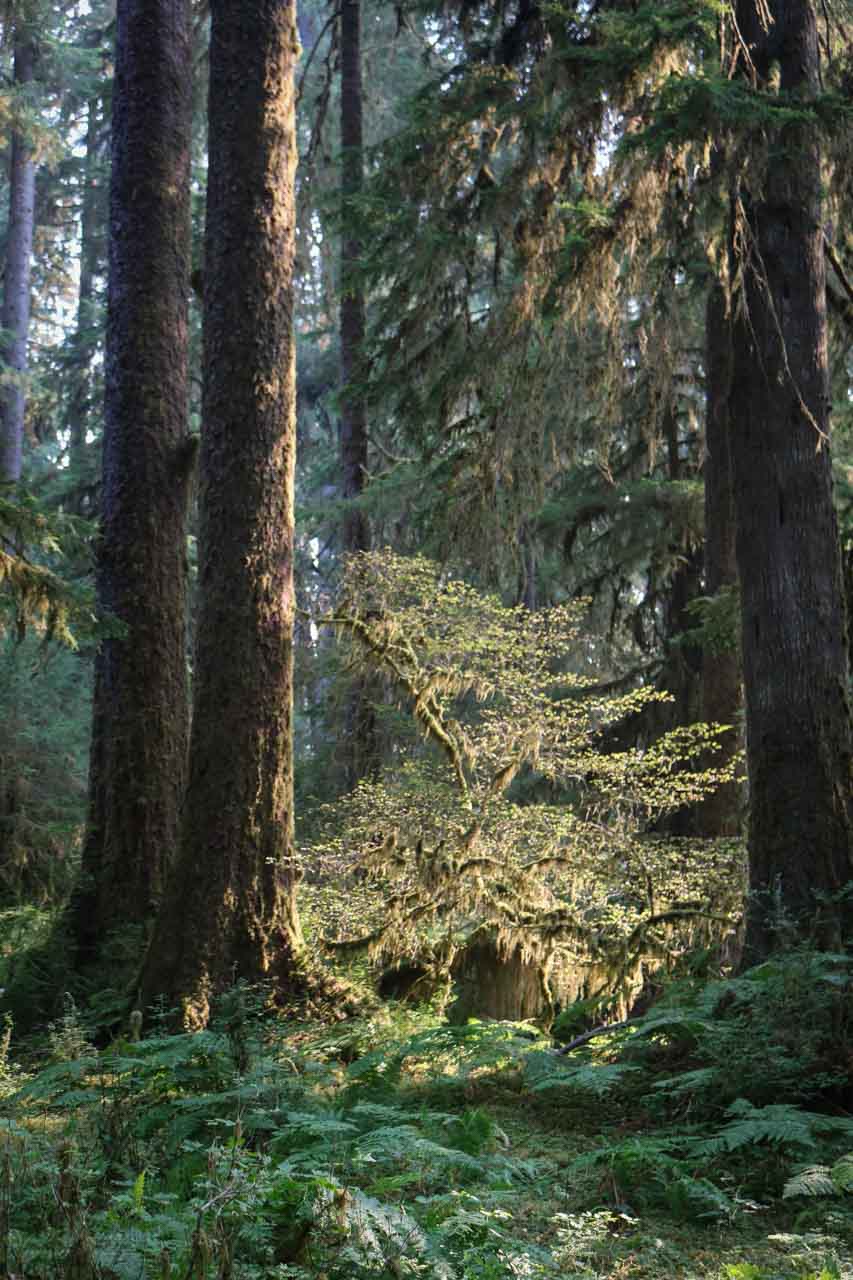
One of my favorite things to see in Olympic National Park is the Hoh Rain Forest.
This much-visited area is one of the wettest places in North America, receiving between 12 and 14 feet (3.6 and 4.3 meters) of precipitation per year. The rain forest is one of the finest remaining temperate rain forests in the world.
Walk the short Hall of Mosses Trail and the Spruce Nature Trail to experience the wonderful world of the rain forest. Stand underneath towering trees draped with thick mosses and pay attention to how absolutely quiet this place is (if it isn’t packed with visitors).
More adventurous hikers might want to hit the awesome Hoh River Trail, which is a great area to spot herds of Roosevelt elk, the largest type of elk in North America.
6. Rialto Beach
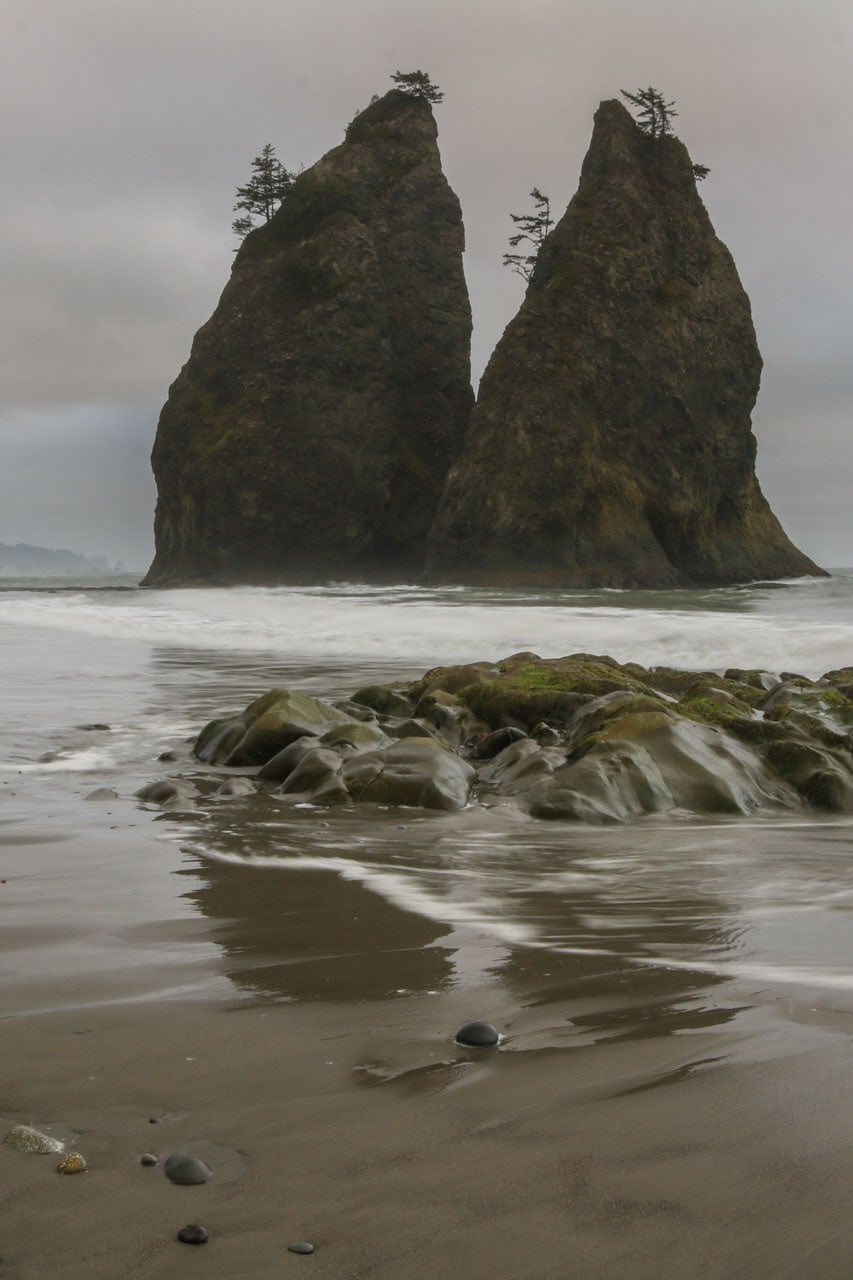
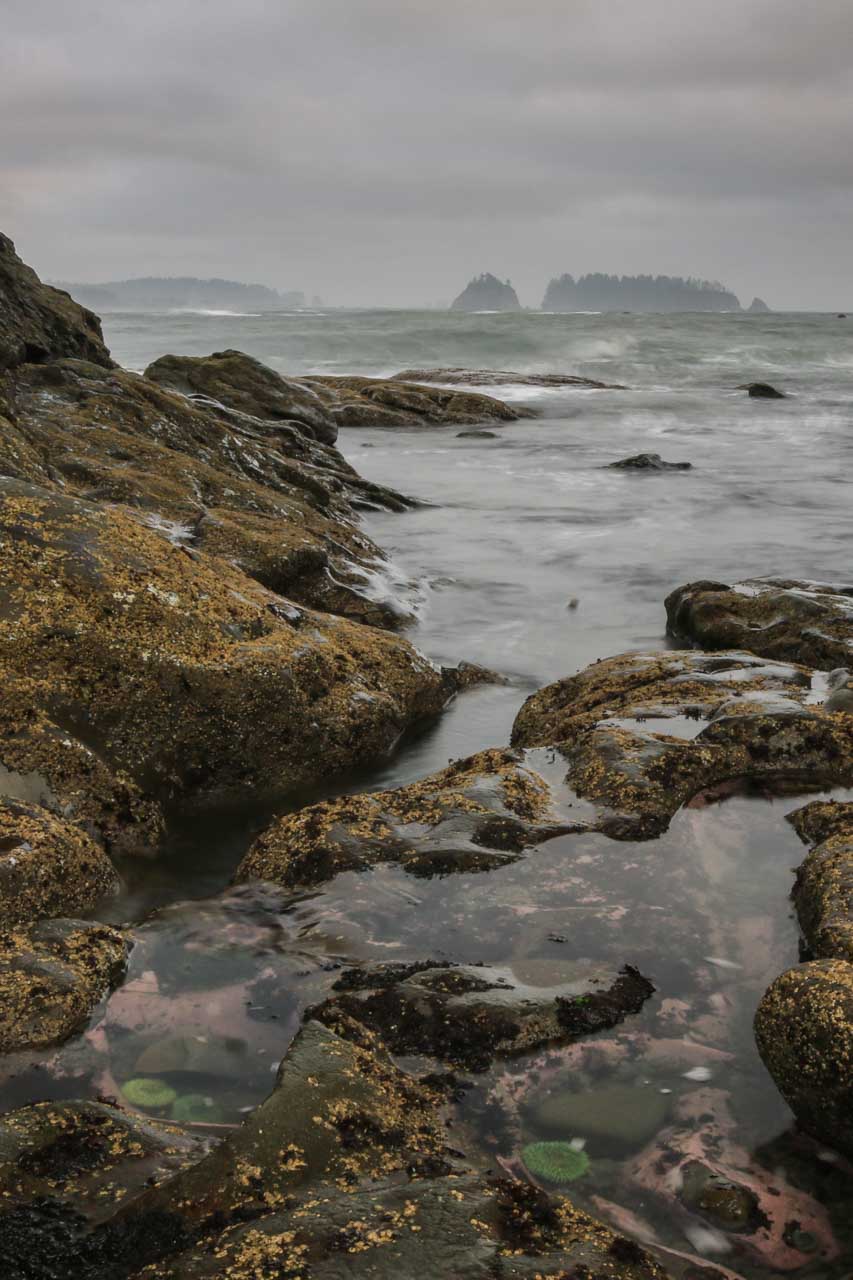
In the middle of the Olympic coast lies Rialto Beach. Characterized by enormous drift logs, pebble and sand beaches, crashing waves and imposing sea stacks, I recommend this beach if you’re after a mind-clearing beach hike.
You can hike about a mile (1.6 kilometers) along the beach to Hole-in-the-Wall. Here, it’s also possible to pitch your tent on the beach. Don’t forget to get a wilderness permit and mandatory bear cans at a visitor center.
7. Lake Quinault
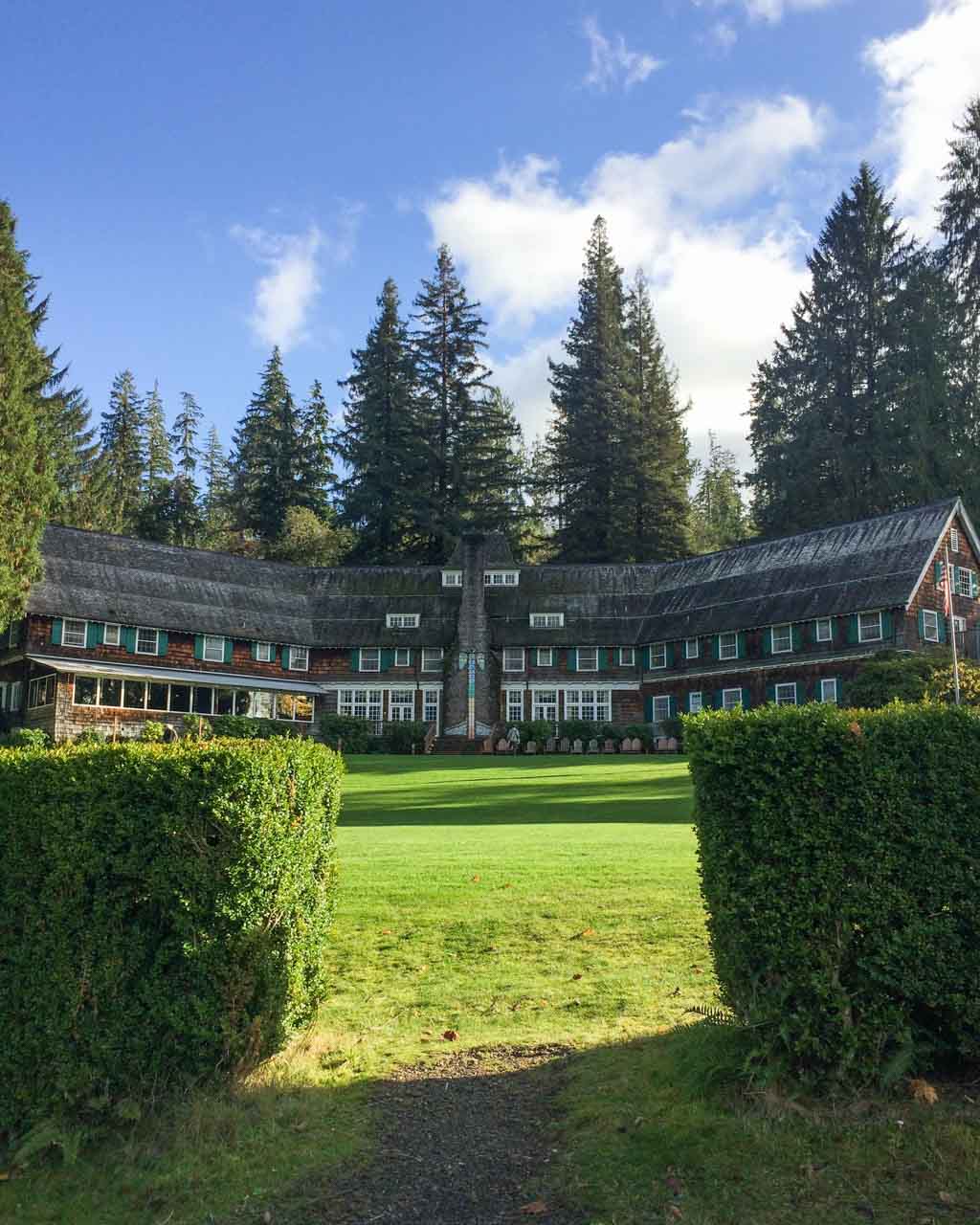
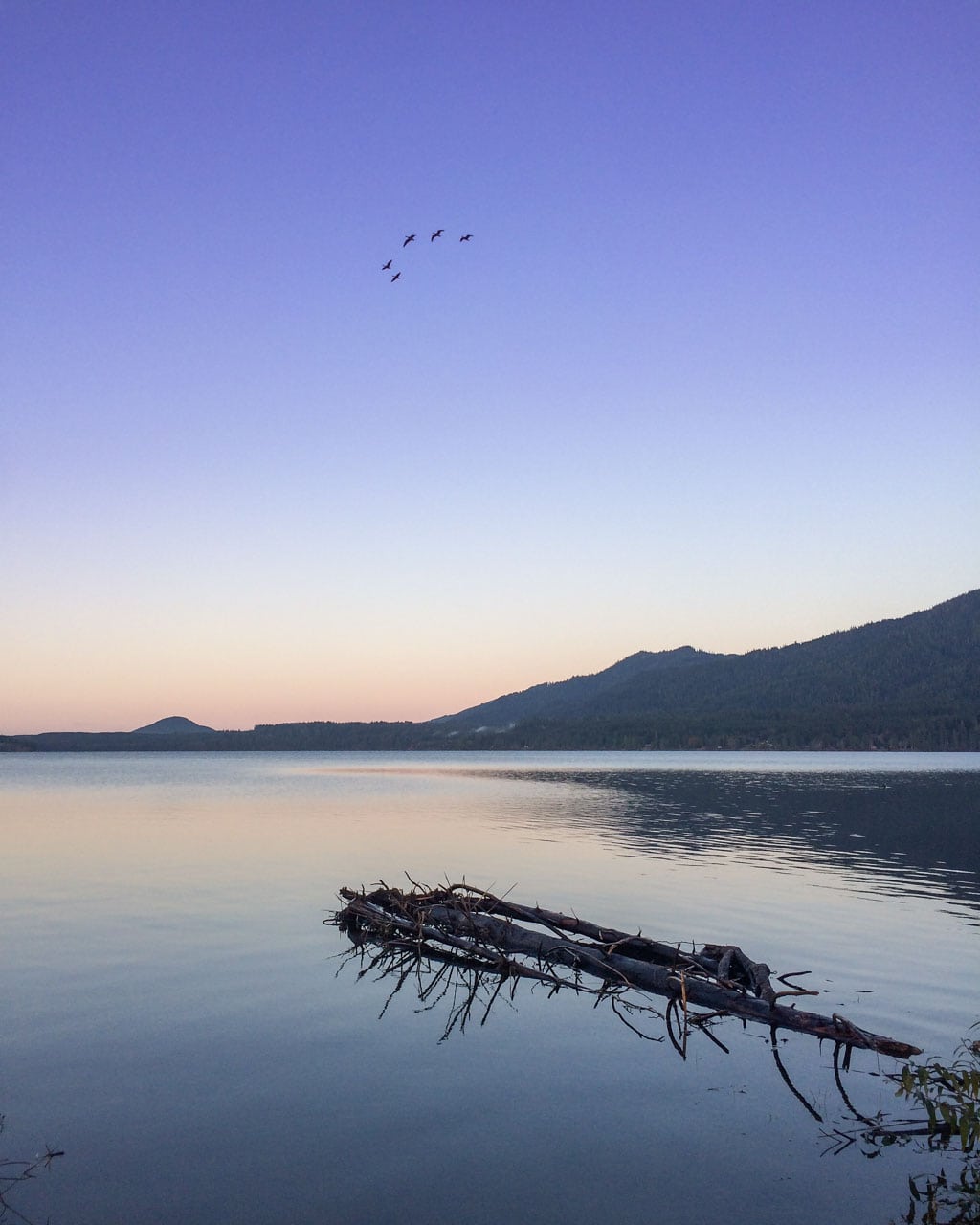
Fed by glacial waters of the Quinault River, Lake Quinault is a large body of water in Olympic’s southwestern corner. It’s owned by the Quinault Indian Nation.
There are a number of short scenic hikes on both shores of the lake (the north shore is in Olympic National Park, while the south shore is near Olympic National Forest) and there’s fantastic boating and fishing as well.
The historic Lake Quinault Lodge is a main attraction on the south shore. This atmospheric historic lodge is quite popular, though, so you may have to book you stay way in advance. Additionally, the community of Quinault has several other accommodation options, including campgrounds and cabins.
Nature lovers will certainly want to explore the area’s amazing rain forest (see below), which is home to several of the world’s largest trees.
8. Quinault Rain Forest
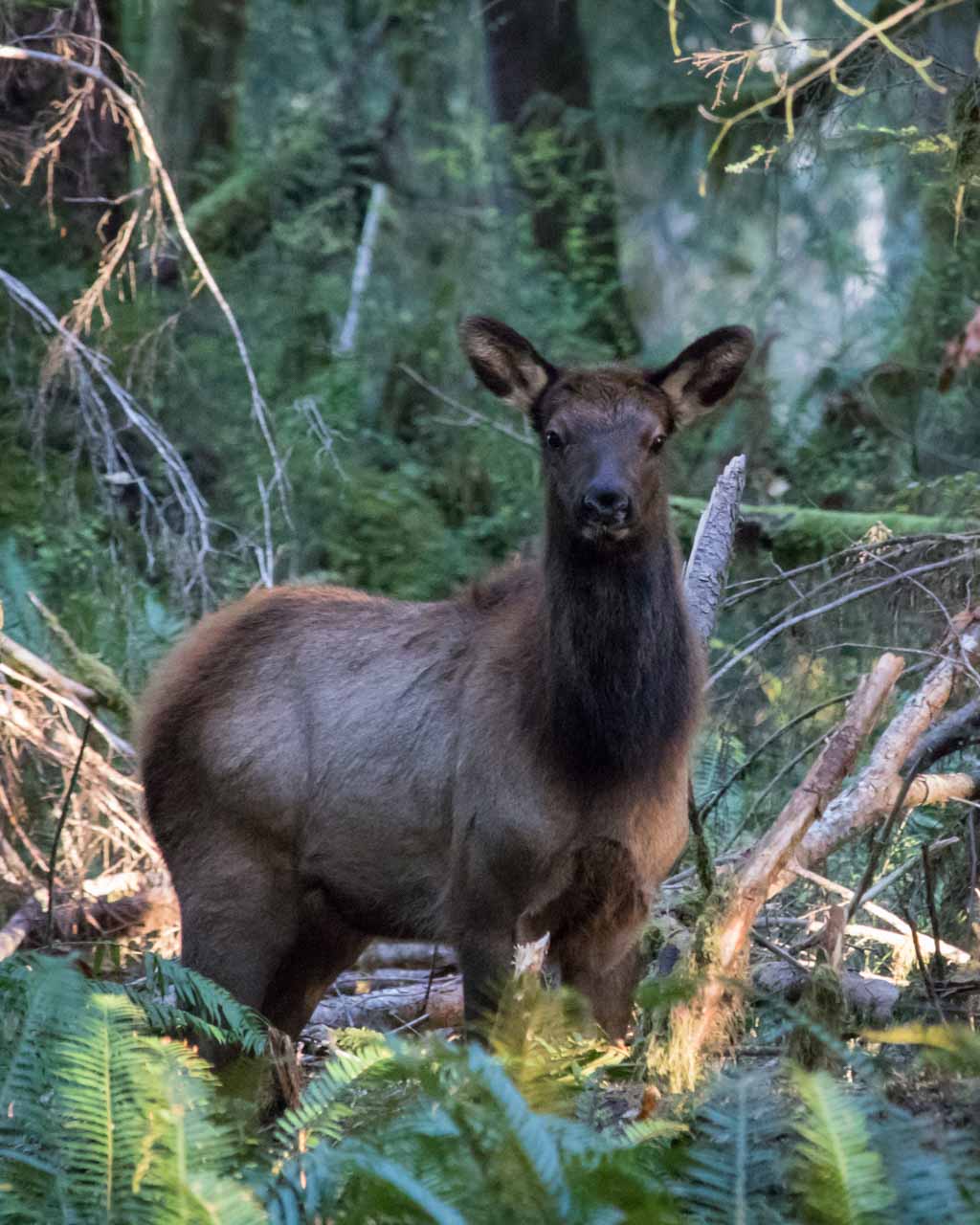
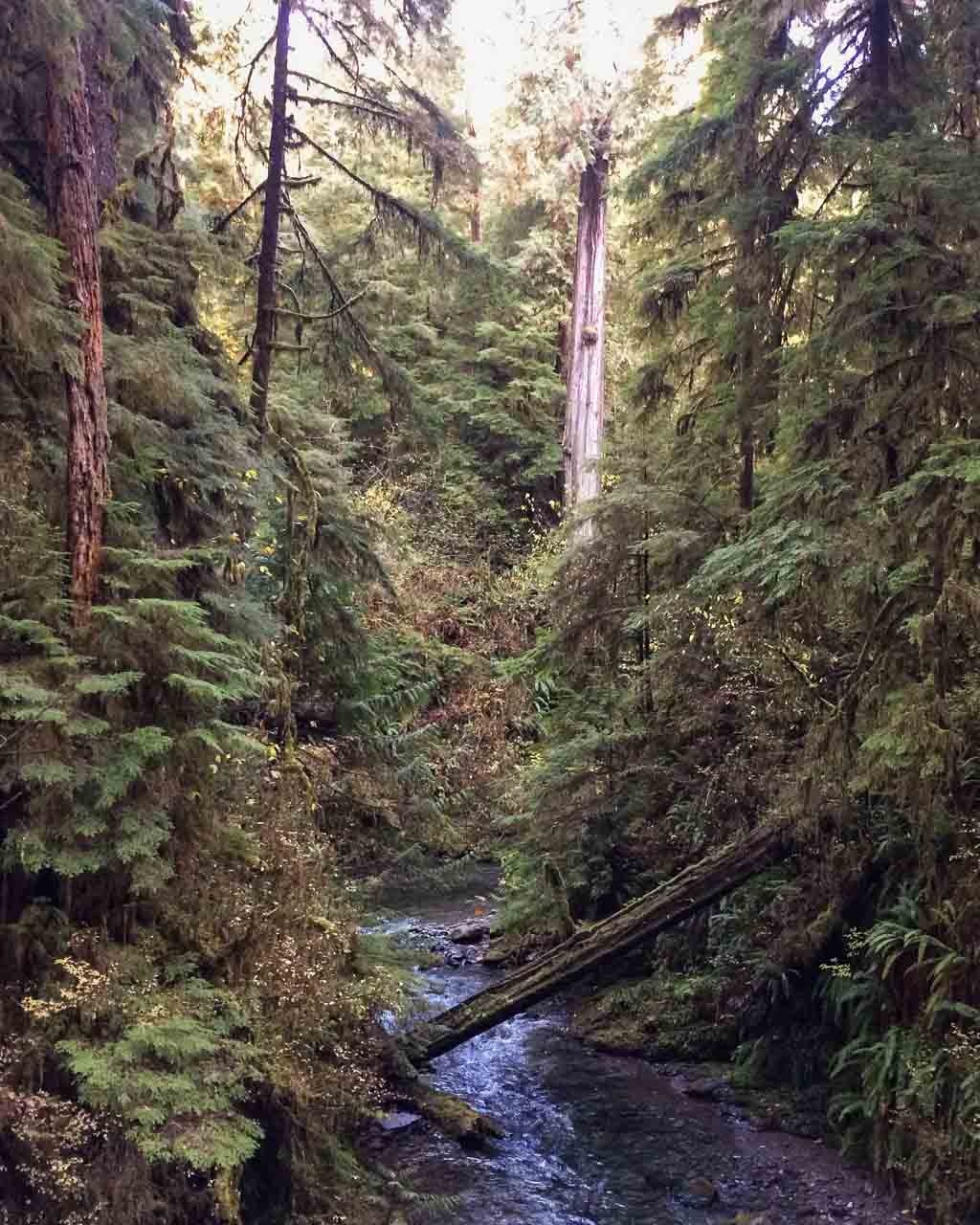
One of the three rain forest areas in Olympic National Park, the Quinault Rain Forest surrounds Lake Quinault on its south, east and north sides.
The main natural features here are the Quinault River and the Quinault Valley. The latter is a lush gateway to alpine meadows and mountain peaks (for determined hikers).
For the more casual visitor, the beautiful 31-mile Quinault Loop Drive loops around both Lake Quinault and a section of the Quinault River, through verdant moss-filled rain forest scenery. This is one of the my favorite Olympic National Park attractions.
I also recommend visiting the historic Lake Quinault Lodge, a super-romantic national park lodge.
There’s amazing wildlife viewing in the valley, which is home to large population of Roosevelt elk, black bears and cougars. In fall, you can see salmon make their way up the Quinault River.
Wildlife Watching in Olympic National Park
Olympic National Park is, by the way, one of the best national parks for wildlife watching. Its varied biotopes are a refuge for an unusually large number of plants and animals.
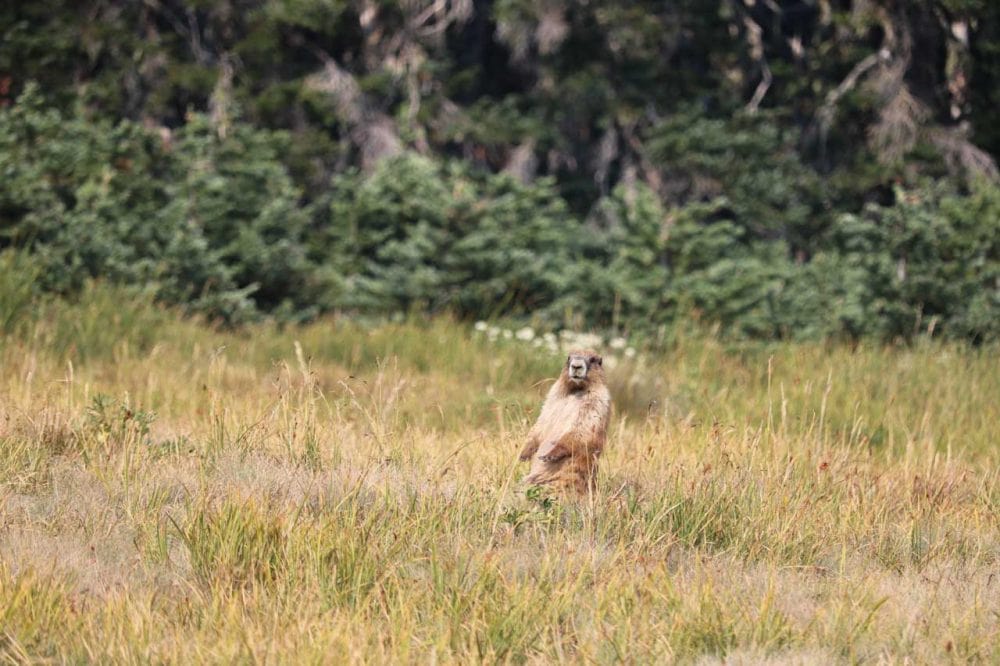
From black bears and mountain lions (or cougars) to Roosevelt elk and the endemic Olympic marmots, the mountains and forests harbor an incredible biodiversity.
Thick moss drapes tall trees, while ferns carpet the forest floor. In spring and early-summer, countless wildflowers burst into color in mountain meadows.

Glacial lakes and numerous rivers are home to a few trout species providing excellent (fly) fishing opportunities, but one of the greatest wildlife spectacles in Olympic National Park is the migration of Coho, Chinook and red sockeye salmon.
On the coast, lucky visitors may spot a bald eagle soaring overhead, sea otters frolicking in the water, starfish scurrying for safety in tidepools or gray whales migrating between Baja California and the Bering Strait.
Wildlife viewing is, therefore, one of the top Olympic National Park activities.
Olympic National Park Attractions Map
[wpgmza id=”43″]
Where to Stay in/near Olympic National Park
Accommodation near Olympic National Park is nothing less than abundant. There are numerous campgrounds in the park itself as well as in surrounding Olympic National Forest and towns.
Hotels and motels are found throughout the Olympic Peninsula, too, especially in major gateway towns like Port Angeles and Forks.
Below are recommended places to stay in Olympic National Park. They all offer easy access to at least one of the park’s three areas, including the places that you simply must see in Olympic National Park.
Olympic National Park Campgrounds
- Heart O’ the Hills Campground (Hurricane Ridge)
- Hoh Campground (Hoh Rain Forest)
- Sol Duc Campground (near Sol Duc Hot Springs)
- Fairholme Campground (Lake Crescent)
- Mora Campground (near Rialto Beach)
- Kalaloch Campground and South Beach Campground (southern beaches)
- Graves Creek Campground (Quinault Rain Forest)
Most campgrounds in Olympic National Park, with the exception of Sol Duc and Kalaloch in summer, are first-come first-served. Therefore, in the high season, make sure to arrive well before noon to find an available campsite.
Olympic National Park Lodging
- Sol Duc Hot Springs Resort
- Lake Crescent Lodge and Log Cabin Resort
- Kalaloch Lodge
- Lake Quinault Lodge (just outside the park on the south shore of Lake Quinault)
If you would like to stay at one of the lodges in Olympic National Park, book a room well in advance. These places are extremely popular and often fully booked.
Hotels near Olympic National Park
- Port Angeles (close to Hurricane Ridge)
- Forks (access to the coast and Hoh Rain Forest)
Although hotels are definitely a valid accommodation option, I strongly recommend staying within the national park, either at a campground or in one of the lodges.
This gives you easier access to at least one main area in the park and one or more Olympic National Park attractions listed in this Olympic National Park guide.
Other National Parks to Explore
- Acadia National Park Attractions
- Arches National Park Attractions
- Canyonlands National Park Attractions
- Capitol Reef National Park Attractions
- Crater Lake National Park Attractions
- Cuyahoga Valley National Park Attractions
- Death Valley National Park Attractions
- Haleakala National Park Attractions
- Hot Springs National Park Attractions
- Joshua Tree National Park Attractions
- Mount Rainier National Park Attractions
- Petrified Forest National Park Attractions
- Redwood National Park Attractions
- Shenandoah National Park Attractions
- Theodore Roosevelt National Park Attractions
Author’s Note:
Based on my own visit, I have picked what I think are the best things to do in Olympic National Park, which I’ve included in this post. This overview is a work in progress, though, and will be extended in the future as I continue to explore this park.
As you may be able to tell, during my visit in mid-August, 2018, there was wildfire smoke in the mountains, carried south by winds from British Columbia, and the coast was super-misty.
I will go back at some point in the near future to hike in and photograph the Olympic Mountains and hopefully also get some better beach pics.

Patricia Graunke
Monday 23rd of September 2019
Are there old growth forests still in Olympic National Park?
Bram Reusen
Monday 23rd of September 2019
Yes, for sure! You'll find them in the lowland areas of the park, especially on the west and north side. More info here: https://www.nps.gov/olym/learn/nature/lowland-forests.htm